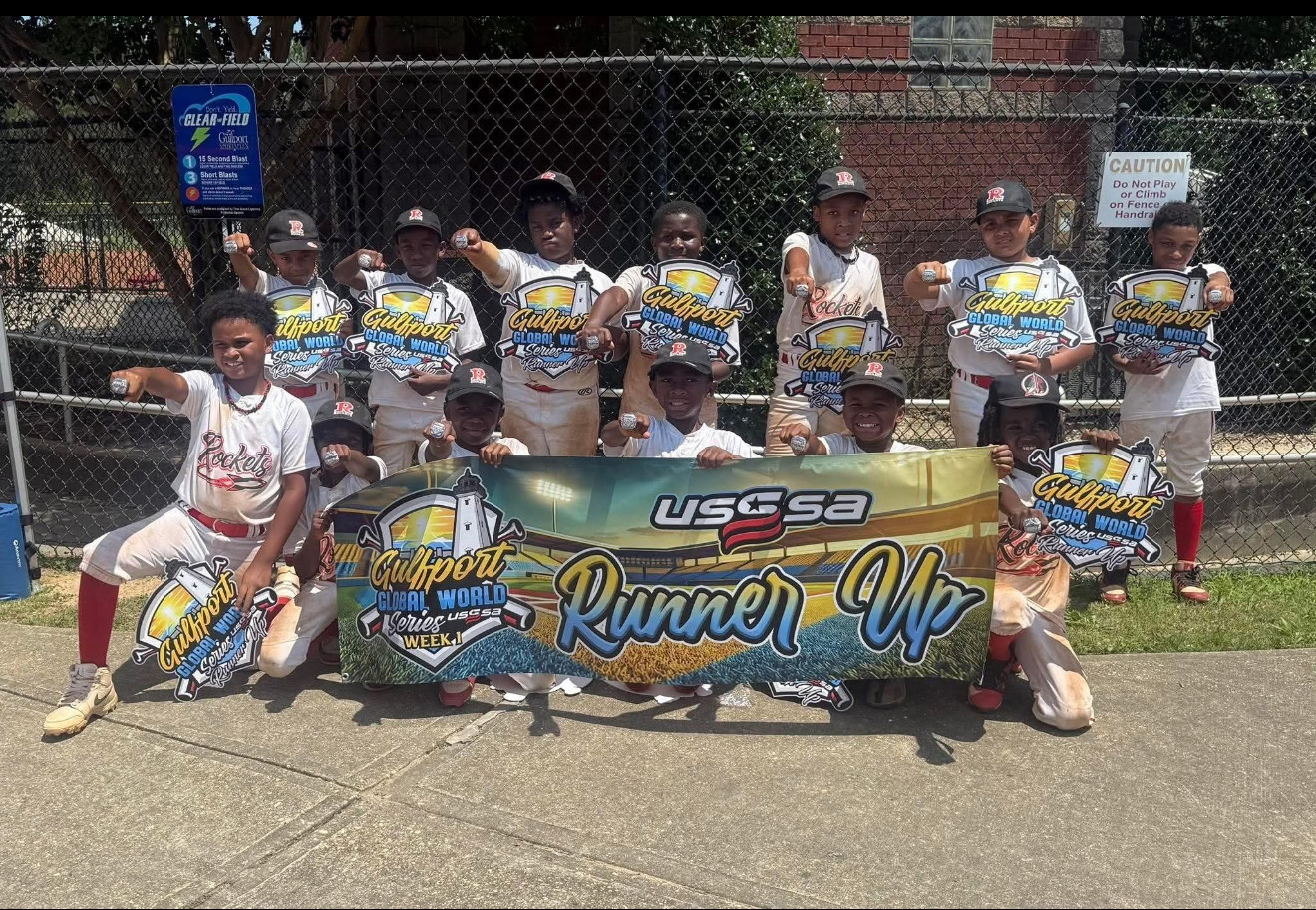Initial report says power failure led to Kaiser explosion
Published 12:00 am Wednesday, August 18, 1999
LEONARD GRAY / L’Observateur / August 18, 1999
GRAMERCY – Kaiser Aluminum’s July 5 explosion was apparently caused by an over-pressurized tank which resulted from a power failure several minutes before the explosion.
This tallied with the opinion expressed by picketers on duty at the time of the explosion, who noticed the power failure and knew if the correct steps were not taken quickly enough, an explosion would result.
Wayne Stafford, president of Local 3273 United Steelworkers of America, on strike from Kaiser since Sept. 30, 1998, found no satisfaction in thenews.
“MSHA (Mine Safety and Health Administration) and Kaiser are now thinking along the lines we are,” Stafford observed. “It’s about all thereis.”According to picketers on duty early that morning, a power failure struck the plant an estimated 20 minutes before the explosion. None of the 16picketers on duty at the time were injured by the concussion. Staffordcommented later that same day, “They know when there’s a power failure there has to be a lot of reaction in a hurry.”Moments after the failure, release valves were activated, first in the natural gas pipeline supplying the powerhouse boilers and then the caustic unit.
According to Kaiser spokesman Scott Lamb, the explosion was caused “by a power distribution interruption that caused process flow pumps to cease operating. This power interruption could not be remedied in a timelymanner and resulted in an overpressure situation, and explosion, believed to have been initiated in the last sealed vessel (blow-off tank) in the plant’s digestion area.”Lamb added the company “identified certain other conditions that were present at the time of the incident,” but refused to elaborate on those specific conditions.
“There are other things being looked at,” he said.
Kaiser is still restricted from the immediate vicinity of the explosion site and, although Kaiser personnel involved in cleanup operations can move freely around the rest of the plant, no processing is going on.
“There’s still zero manufacturing going on,” Lamb added.
The size of the restricted explosion site was described by Lamb as being “about the size of a couple of football fields.” It is still easily visiblefrom the nearby Veterans Memorial Bridge as a tangle of dust-covered metal, tanks and pipes.
The two men most critically injured by the explosion, Todd Landry and Gary Gui, remain at Baton Rouge General Hospital, but neither are on the critical list and both remain on the road to recovery, Lamb added.
“Our thoughts and prayers are with them as they work through this,” he said.
Meanwhile, in Kaiser strike news, talks continue toward settling the 10 1/2-month-old strike, as five days of bargaining concluded Aug. 13 inDenver. Kaiser’s chief negotiator, Jeremy Sherman, said, “A major issue inthe negotiations has been the company’s demand to have greater flexibility to outsource work in order to realize greater efficiencies. Thenew company proposal addresses the union’s desire to protect employee job security while still enabling Kaiser to achieve targeted productivity goals.”Lamb said the company proposal is to cut hourly jobs by 700, of which 239 are tied to outsourcing.
An exact number of jobs possibly to be cut due to outsourcing was not available, Stafford continued, but he said Kaiser wants to outsource all of the following: air conditioning work, janitorial, carpenters and painters, labor work, lab work, warehousing, guard services, auto-shop, tool repair, crane maintenance, structural steel work, process valve work, plant lighting, conduit and wire replacement, relay testing, all service lubrication, all small equipment servicing, grounds maintenance, hauling of raw materials, all turnaround work, all overflow and emergency surge work, among others.
Four more days of talks are planned to start Aug. 23 in San Francisco.
Return To News Stories




